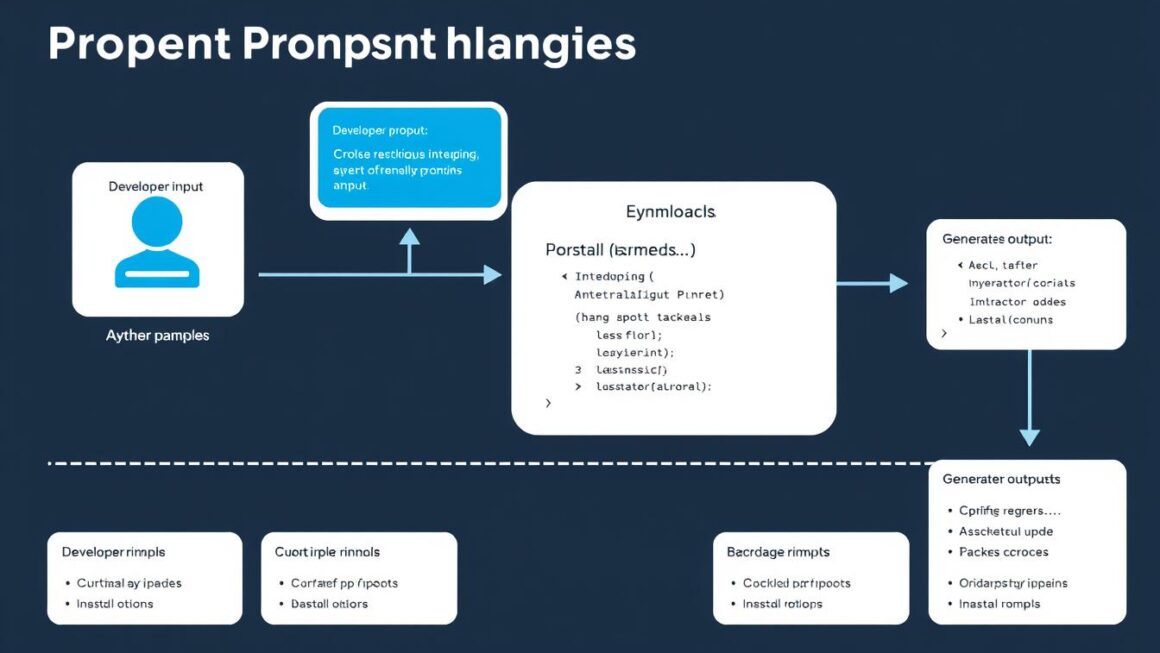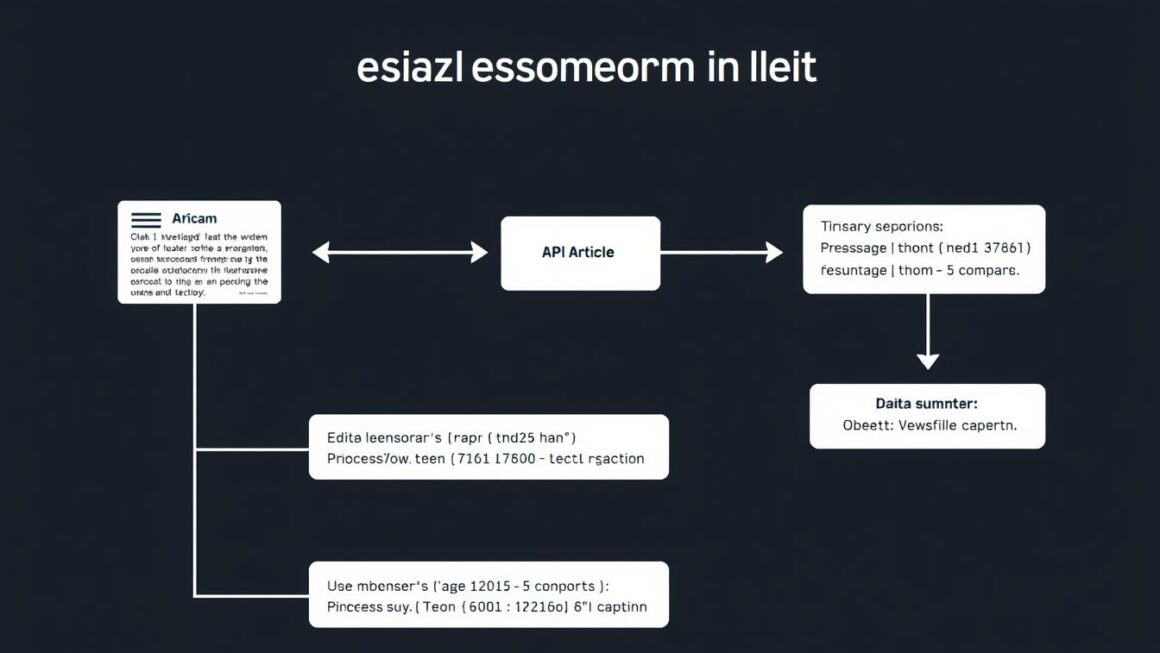Over 8.2 million developers worldwide use Python for web apps and AI. Yet, only 34% are confident in advanced topics like asynchronous programming. This shows we need a clear python learning roadmap to link basic skills to real-world challenges.
This guide starts with Python basics and data structures like lists and dictionaries. It takes you through control flow, object-oriented programming, and frameworks like Django and Flask. You’ll learn to create secure web services, automate tasks, and improve code for high-performance systems used by Google and Spotify.
Whether you’re automating data or designing REST APIs, this roadmap helps you learn core principles first. Start today to make your scripts scalable and trusted by global tech leaders.
Core Python Fundamentals
Learning Python’s basics is key to becoming good at web frameworks and OOP concepts. Understanding the syntax helps in organizing code. Python uses # for single-line comments and triple quotes for longer ones1. This makes code easier to read and less prone to errors.
Syntax and Basic Structure
Python’s syntax is simple. It uses indentation to show code blocks, unlike other languages1. Comments help explain what the code does without changing its function. For instance:
- Use # for quick notes
- Triple quotes for block comments
Variables, Data Types, and Functions
Python’s variables can change type, like int, float, or str1. Functions, made with def, let you reuse code. Here’s an example:
def greet(name): print(“Hello, ” + name)
Overview of Built-In Methods
Python has built-in methods like append() for lists or upper() for strings2. These make data handling easier, saving you from writing more code. For example:
- my_list.append(“new item”) adds elements quickly
- string.upper() changes text to uppercase right away
Mastering these basics boosts your problem-solving skills. This is essential for learning frameworks like Django or OOP concepts. Start practicing now to build a strong foundation2.
Essential Data Structures: Lists, Tuples, Sets, and Dictionaries
Learning about data structures is key in python programming. It helps developers solve complex problems well. These structures make data storage, access, and manipulation easier. This improves code performance and testing results3.
- Lists: Ordered and changeable, they let you have duplicates. Great for dynamic data like user logs or time-series analysis3.
- Tuples: Unchangeable and ordered, they keep fixed data safe. Perfect for settings or coordinates during testing phases3.
- Sets: Unordered and unique, they remove duplicates. They’re good for checking data uniqueness or validating entries3.
- Dictionaries: Key-value pairs make data fast to retrieve. Essential for caching or database mappings3.
Using the right structure makes code easier to read and less prone to errors. For example, tuples prevent data changes during testing. Sets also make validation checks quicker in data pipelines3. These tools are the foundation of python programming. They help developers create efficient solutions.
Control Flow and Built-In Methods
Control flow is key in Python, guiding how programs react to data and user input. It’s essential for making apps responsive. Tools like map() or filter() help make code run smoother.
Conditional Statements
Statements like if-elif-else help decide what the program does next. For example, checking if a user’s login details are correct uses if statements. This is critical in e-commerce sites where who can access what matters.
Iterative Loops
- For loops go through lists, like showing product info.
- While loops keep going until something changes, like a countdown timer in a game.
Using loops with methods like enumerate() makes code easier to read. In object-oriented programming, these methods help keep code organized. Web development uses loops to show dynamic content, and conditionals to handle errors from APIs.
Good control flow means less time debugging and apps that grow well. Python’s simple yet powerful syntax helps solve tough software problems.
Python Learning Roadmap, Data Structures, Web Frameworks, OOP Concepts, Testing

Learning Python means linking theory to practical coding. Start by learning advanced data structures like heaps and graphs. These improve app efficiency4. They make tasks like sorting and finding paths easier in projects.
Choose web frameworks based on your project’s needs. Django is great for quick development5. Flask is better for smaller apps. FastAPI is perfect for API-focused projects5:
- Django has built-in ORM and admin interfaces
- Flask grows with modular extensions
Object-oriented programming (OOP) concepts like inheritance and polymorphism help organize code6. Use testing tools like PyTest for automated checks7. Automated tests find bugs early, keeping code stable.
Python libraries like Pandas and NumPy make data work easier8. Tools like Docker ensure apps run the same everywhere8. These python libraries and python tools turn ideas into real apps. By using frameworks, testing, and OOP, you can build strong apps. Adding Celery for background tasks or FastAPI for APIs8 finishes the journey from idea to app.
Unlocking Advanced Python Functions: Decorators, Recursion, and Generators
Advanced Python functions like decorators, recursion, and generators change how we write code. They make complex problems easier to handle. This boosts efficiency in frameworks like Django and FastAPI.
Decorators Explained
Decorators are functions that change other functions without altering their code. They’re essential in web frameworks like Django. django framework tutorial guides show how decorators like @login_required handle authentication smoothly.
- Wrap functions to add logging or authorization
- Streamline code reuse in web apps and APIs
Recursion Techniques
Recursion solves problems by calling itself with smaller inputs. It’s key in algorithms and fits well with python oop concepts in class methods. For example, it makes handling nested data structures easier.
- Divide tasks into base cases and recursive steps
- Common in frameworks like FastAPI for nested data parsing
Generators and Lambdas
Generators produce values on demand, saving memory. Lambdas create short functions inline. In flask vs fastapi comparisons, FastAPI’s async generators are great for real-time data streams. Lambdas make list filtering or sorting easier.
- Generators delay value computation until needed
- Lambdas enable concise operations in list comprehensions
Learning these tools is key to moving from intermediate to advanced Python skills. They’re essential for building scalable apps with Django or optimizing APIs with FastAPI’s performance-driven design.
Modules, Packages, and Dependency Management with PyPI
Organizing code into modules and packages makes development easier. Python has standard libraries like os and datetime for built-in tools. Custom modules help developers break projects into parts they can reuse. This keeps the code organized and easy to grow.
Standard vs. Custom Modules
Standard modules come ready to use. Custom modules group functions for better understanding. For instance, breaking a project into data_processing.py and utils.py makes it easier to read. Teams use packages to group related modules together.
Managing Packages with pip and Conda
Tools like pip and conda help install packages from PyPI. You can use commands like:
pip install requestsfor web APIsconda create env myenvfor isolated environments
PyPI has over 450,000 packages, including libraries for async programming like asyncio. Good management prevents version conflicts. It also ensures testing guidelines are followed in CI/CD pipelines.
Web Development Frameworks: Mastering Django, Flask, FastAPI, and Pyramid
Building scalable web apps needs the right framework. Python has tools like data structures in Python for logic and pypi package management for dependencies. You can pick from full-stack solutions or minimalist tools based on your project’s needs.
Django: Full-Stack Capabilities
Django comes with an ORM, admin panel, and security features. Developers use data structures in Python to map database models well. It follows the MVC pattern, handling routing and templates easily. It’s great for complex apps like e-commerce platforms.
- Batteries-included approach with authentication and URL routing
- Supports REST APIs and third-party plugins via pypi package management
Flask: The Microservices Approach
Flask is designed to be lightweight, perfect for building APIs or modular apps. It uses dictionaries and lists (data structures in Python) for request handling. You can add more features by installing extensions via pypi package management. It’s ideal for startups that need to move fast.
- No enforced ORM or template engine
- Flexible integration with existing systems
FastAPI and Pyramid: Modern Alternatives
FastAPI uses type hints for API creation, while Pyramid is great for enterprise apps. Both handle JSON data with data structures in Python. They’re easy to deploy with pypi package management for dependency tracking.
Choose a framework based on your project’s scope. Django for all-in-one solutions, Flask for customization, and modern options like FastAPI for speed. Use strong pypi package management to make development smoother.
Testing and DevOps Strategies: From Pytest to Continuous Integration
![]()
Developers need testing and devops with python to make reliable apps. Tools like pytest help with unit testing, catching errors early. Automated testing cuts down on human mistakes and makes code more stable.
- Pytest fixtures make tests repeatable by handling setup and teardown.
- CI/CD pipelines automate deployment, giving python algorithms mastery through continuous feedback.
- Version control systems like Git track changes, supporting agile development cycles.
For python algorithms mastery, clean code is key. Functions that need to scale should be optimized. DevOps strategies like Docker and cloud deployments make apps more reliable.
CI/CD tools like Jenkins or GitHub Actions work well with Python projects. These pipelines run tests on every code commit, ensuring quality. Monitoring tools like Sentry track issues in production.
Using pytest with DevOps best practices makes a strong workflow. Teams that adopt these strategies have less downtime and better user experiences. They make projects more resilient in competitive markets.
Asynchronous Programming: Async Concepts with Sanic, Asyncio, and Beyond
Modern web development frameworks like Sanic use asynchronous programming. This lets them handle thousands of requests at once. It keeps apps fast, even when lots of people are using them.
Asyncio is at the heart of this. It uses event loops to manage tasks that don’t block. These loops switch between tasks, like database queries or API calls. The main parts are:
- Coroutines: Lightweight functions paused mid-execution
- Event loops: Central managers for task scheduling
- Decorators: Patterns like python decorators explained in async functions
Frameworks like Sanic make async easy with built-in tools. For example, a real-time chat app with Sanic can handle thousands of WebSocket connections smoothly. Retail sites like Flipkart use this to make product searches fast.
Developers see less delay in microservices and API-heavy systems. Async code isn’t just quick—it also grows with cloud architectures. Knowing these tools helps engineers create fast apps in fintech and e-commerce.
Conclusion
Learning Python starts with the basics. You need to know the syntax, data structures, and control flow. These are the building blocks for more complex topics like recursion in Python and Python generators and iterators.
These concepts are key for creating strong applications and frameworks like Django or FastAPI. They are covered in earlier sections.
Don’t just learn theory; practice with real projects. Building APIs or automating tasks helps you get better. Tools like pytest and async libraries like asyncio are great for testing and improving your code.
Beginners should not jump to hard topics right away. Make sure you understand loops, functions, and modules first. This makes it easier to learn advanced functions or web frameworks.
Look beyond the core language of Python. Libraries like Flask make web apps easier. Generators and iterators make handling data smoother. Stay curious and keep learning from online communities and documentation. Each project you do will make you better.
Source Links
- https://www.geeksforgeeks.org/python-syntax/
- https://www.w3schools.com/python/python_datatypes.asp
- https://www.geeksforgeeks.org/differences-and-applications-of-list-tuple-set-and-dictionary-in-python/
- https://www.geeksforgeeks.org/python-advanced-data-structures/
- https://www.geeksforgeeks.org/python-web-frameworks/
- https://www.geeksforgeeks.org/python-object-oriented-programming-oops-concepts/
- https://www.geeksforgeeks.org/best-python-testing-frameworks/
- https://www.geeksforgeeks.org/python-libraries-for-developers/



